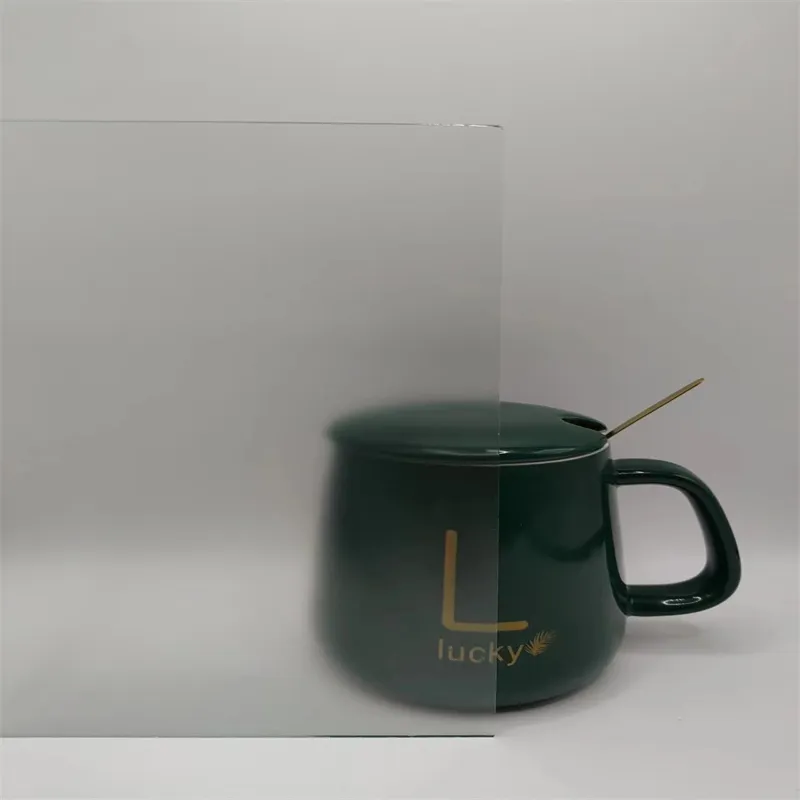Nov . 24, 2024 17:16 Back to list
curtain wall spandrel
The Role of Curtain Wall Spandrels in Modern Architecture
In contemporary architecture, the integration of curtain walls has revolutionized the way buildings are designed and constructed. Among the critical components of these curtain wall systems are the spandrels, which play a vital role in both aesthetics and structural integrity. This article will delve into the significance of curtain wall spandrels, their functionalities, and the design considerations that architects must address to enhance both the performance and appearance of their buildings.
Understanding Curtain Wall Systems
Before discussing spandrels, it’s essential to understand what curtain walls are. A curtain wall is a non-structural outer covering of a building, typically made of glass, metal, or other lightweight materials. This system allows for large windows and open spaces, encouraging natural light to flood into the building while reducing the overall weight on the structural framework. Curtain walls are primarily designed to protect the building from exterior elements such as wind, rain, and temperature fluctuations.
What Are Curtain Wall Spandrels?
Spandrels are the areas between the top of a window or a panel and the bottom of the structure above it. In the context of curtain walls, spandrels can refer to the non-transparent parts that connect different stories of a building, often concealing structural and mechanical elements such as floors, beams, and ductwork. These sections are critical to the overall aesthetics of a curtain wall system and contribute significantly to its visual rhythm.
Functional Benefits of Spandrels
1. Structural Support One of the primary functions of spandrels is to provide support to the curtain wall system. They help anchor the glass panels and maintain stability throughout the facade. By distributing the load evenly, spandrels ensure that the structure can withstand environmental pressures like wind and seismic forces.
2. Thermal Performance Spandrels can be designed to enhance a building’s thermal performance. By utilizing insulated materials or integrating technologies such as double glazing, spandrels can help reduce heat transfer, contributing to the overall energy efficiency of the building.
3. Concealing Mechanical Systems In many modern buildings, spandrels serve as a disguise for mechanical and electrical components, such as plumbing, HVAC systems, and electrical conduits. This concealment contributes to a cleaner and more polished exterior appearance.
curtain wall spandrel

Aesthetic Considerations
From an aesthetic standpoint, spandrels offer architects an opportunity to create visual contrast and harmony in a building’s facade. The treatment of spandrel areas can significantly influence the overall character of the building. Here are a few design strategies
1. Material Choices Utilizing different materials for spandrels, such as metal paneling or decorative masonry, can create a striking contrast with the transparent glass panels, allowing for a dynamic facade.
2. Color and Texture Varying colors and textures in spandrels can enhance the visual appeal of a building. Designers often introduce patterned or textured surfaces to bring added depth and interest.
3. Vertical and Horizontal Alignments Proper alignment of spandrels with windows can create a rhythm that unifies the design. This can be particularly effective in high-rise buildings where repetitive patterns may dominate the facade.
Challenges in Spandrel Design
Despite their advantages, the design of curtain wall spandrels is not without challenges. Architects must carefully consider issues such as water drainage, thermal expansion, and material durability. A well-designed spandrel must account for these aspects to avoid potential problems that could lead to costly repairs and maintenance.
Conclusion
Curtain wall spandrels are more than just functional components of a modern facade; they represent an intersection of structural necessity and aesthetic expression. As architects continue to push the boundaries of design and innovation, spandrels will undoubtedly evolve in both form and function, playing a crucial role in the future of architectural design. In embracing the full potential of curtain wall spandrels, buildings can achieve optimal performance while contributing to the visual landscape of our urban environments. Whether in high-rise commercial buildings or elegant residential structures, spandrels are a testament to the unique interplay between functionality and beauty in modern architecture.
-
Safety and Style with Premium Laminated Glass Solutions
NewsJun.24,2025
-
Reinvents Security with Premium Wired Glass
NewsJun.24,2025
-
Premium Float Glass Line for Modern Architecture
NewsJun.24,2025
-
Low Emissivity Glass for Energy-Efficient Architecture
NewsJun.24,2025
-
High-Performance Insulated Glass Solutions for Modern Architecture
NewsJun.24,2025
-
Elevates Interior Style with Premium Silver Mirror
NewsJun.24,2025
Related PRODUCTS














